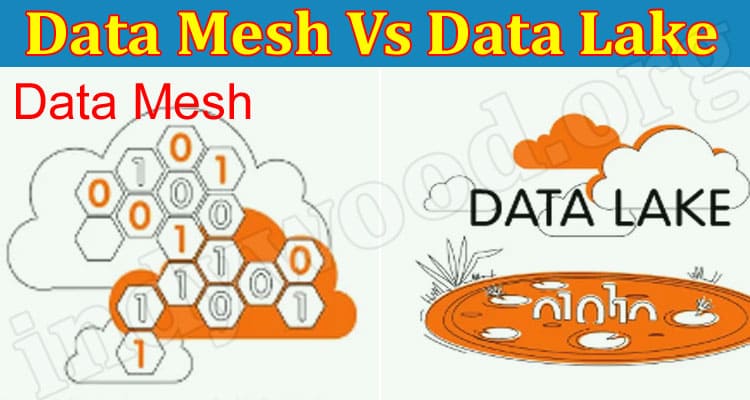There are a few different ways to approach big data; two of the most common approaches are the data lake and the data mesh. The data lake has been a popular concept in the past few years. The data lake is a centralized repository that holds all data regardless of its structure or format. The data mesh is a newer concept gaining traction as a more effective way to manage data. A data mesh is a collection of connected data stores, which can store and process data in near-real-time. Data meshes can support big data applications, such as streaming analytics or machine learning. Keep reading to learn more about the differences between a data mesh vs data lake.
What is a data mesh?
Data mesh is a term used to describe a technology that allows different systems to communicate with each other. Data mesh technology enables different systems to share data to improve efficiency and performance. Data mesh technology also manages and monitors data flow between different systems.
Data mesh is a term used to describe the modern data architecture where data is stored, managed, and processed in a distributed manner across multiple disparate systems. Data mesh architectures often use big data technologies such as Hadoop and Spark for building, which allows for the parallel processing of large volumes of data.
Data mesh architectures overcome the limitations of traditional data architectures, which are based on a centralized model where all data is stored in a single system. If that system fails or becomes unavailable in a centralized model, the entire organization cannot access its data. A data mesh architecture eliminates this single point of failure by distributing data across multiple systems. This also allows different parts of the organization to access and process their subset of the overall data set, thus improving performance and scalability.
A data mesh comprises several interconnected data stores, either on-premises or in the cloud. Data can move quickly among the stores, making it possible to keep all the data needed for a business process in one place. This makes it easier to find and use the data when you need it. Data meshes are suitable for organizations that want more control over their data. This approach provides a high degree of flexibility; you can easily add new stores or change your data’s accessibility without affecting the rest of the system.
What is a data lake?
A data lake is an extensive repository of data, typically from multiple data sources, stored in its natural form. A data lake can provide a single source of truth for all data within the organization used for data exploration, data mining, and OLAP.
A data lake is a specific type of data mesh architecture that is designed to store large volumes of unstructured data. Unstructured data refers to any digital information that has not been organized into a predefined format. For example, text files, images, videos, and social media posts are examples of unstructured data. The advantage of storing this data in a data lake is that it can be processed later when needed, without going through the time-consuming process of organizing it into a structured format.
A data lake is a large repository for all types of corporate data. It can store both current and historical data from internal and external sources. You can use the lake as a single source of truth for decision-making or input to machine learning algorithms.
The critical difference between a mesh and a lake is that data in a mesh are accessible to anyone who has permission to access them. In contrast, data lakes are generally not accessible unless they are first extracted and transformed into a format that can be used by those who need them. Another main difference between a data mesh and a data lake is that a data mesh is designed for real-time processing, while a data lake is designed for batch processing. In addition, a data mesh typically uses multiple technologies to store and process data, while a data lake typically uses one technology (e.g., Hadoop).
Data mesh is essential because it allows different data stores to work together. This is important because it enables businesses to have a single view of their data. A data lake is essential because it allows companies to store and analyze large amounts of data.


